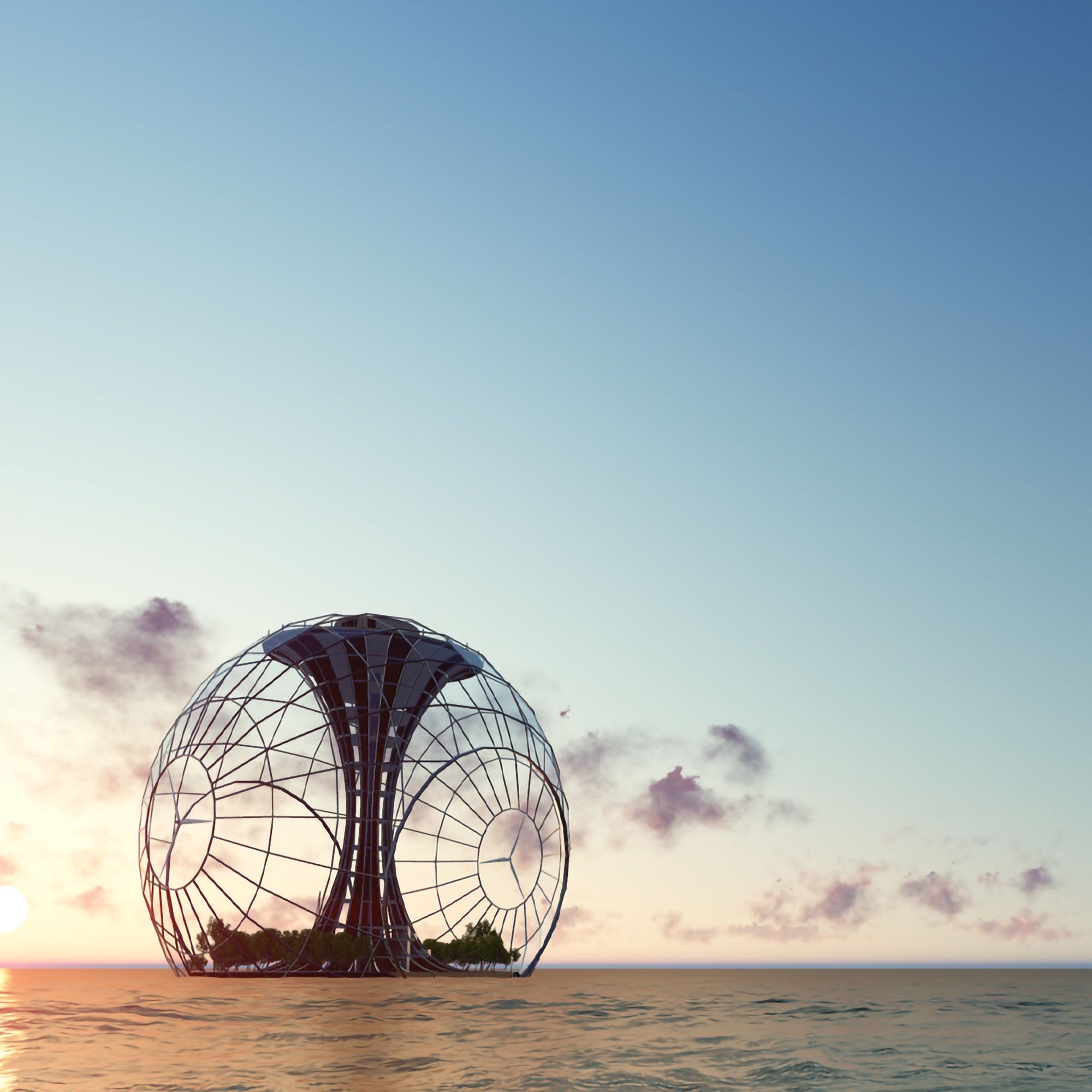The creativity and fearlessness of young architects is the lifeblood of any successful practice and Broadway Malyan has a long tradition of nurturing the next generation of design professionals. Here we showcase the outstanding work of three colleagues currently on their educational journey who have developed projects with a futuristic architectural vision. They include a project by Tom Phillips, designed while at the University of Greenwich’s School of Architecture, which was nominated for a RIBA Silver Medal; a project by Ani Hadzhipetrova, who was awarded the Diploma Prize by RIBA while studying at the University of Portsmouth’s School of Architecture and; Jack Glasspool’s submission in a student design competition, which won the inaugural John Malyan Award for design excellence.

Tom Phillips: Space Elevator
Since Biblical times people have dreamed of a stairway to heaven but it is only recent technological advances that have made this not just plausible but within a few decades from now, probable.
The focus of this project is the Base Station of the elevator and the logistics, zoning, design and integration of its specific elements. The Space Elevator itself is mobile with its base acting as a large, manoeuvrable ship-like form that can dock into the permanent platform off the coast of Shoeburyness in the Thames Estuary.
The design of the two-part Base Station offers an architectural interpretation of the possibilities of a future London Space Elevator while adhering to multiple technical findings and conforming to an intrinsically considered series of functions and zones.
With the current progression in key technologies such as carbon nanotube strength, coupled with the clear benefits as regards future space exploration and colonisation, the realisation of a London Space Elevator could be more science than fiction.
Tom Phillips, Architectural Assistant at Broadway Malyan’s London studio
*To see the full project go to: www.tparchitecture.com

Ani Hadzhipetrova: Mars Pods
Much like the race to the moon, today there is another race related to reaching a distant goal in space and that is the colonisation of Mars.
The consideration of Martian architecture is complex with a Mars settlement facing unique problems that humanity has never confronted before.
A single-storey linear settlement ensures that inhabitants are able to observe the Martian surface from every space, feel immersed in the landscape, are able to keep track of time, and avoid disorientation.
The colony consists of a series of inflatable ‘pods’ with semi-transparent shells filled with water and CO2 allowing an abundance of light to enter each ‘pod’ while plants will be grown in almost all pods that will provide not only food but also produce oxygen while absorbing CO2.
The pods have organic shapes which are both structurally more suitable to the materials they are constructed of and inspired by the organic and fluid shapes present in the region. They accommodate spaces with varying levels of privacy which allow for flexible social interaction.
Ani Hadzhipetrova, Architectural Assistant at Broadway Malyan’s Weybridge studio.
*To see the full project go to: www.anihadzhipetrova.com

Jack Glasspool: Passenger 69
By 2069, the number of tourists worldwide could exceed three billion people.
As we look to explore more remote and exotic locations, we are often unaware of the immense impact that we have on the environment when travelling. As part of a new global strategy, 2069 will see the launch of a new vessel capable of utilizing the natural power of the ocean.
Allowing for the relocation of permanent tourist facilities to the sea, the design aims to preserve the fragile natural environments we visit and will help to provide a sustainable future for travel and tourism.
A new four tier passport system will also be introduced that will reflect the environmental impact of each individual traveller, rewarding those with the lowest carbon footprint.
A Category 1 passport is issued to those that make no conscious effort to lower their use of natural resources and only allows travel within their own continent while a Category 4 passport rewards those with an almost zero carbon lifestyle, allowing them to travel to the world’s most exotic and obscure locations.
By Jack Glasspool, Architectural Assistant at Broadway Malyan’s Shanghai studio
*To see all the entries in Broadway Malyan’s latest student competition go to: www.passenger2069.com

